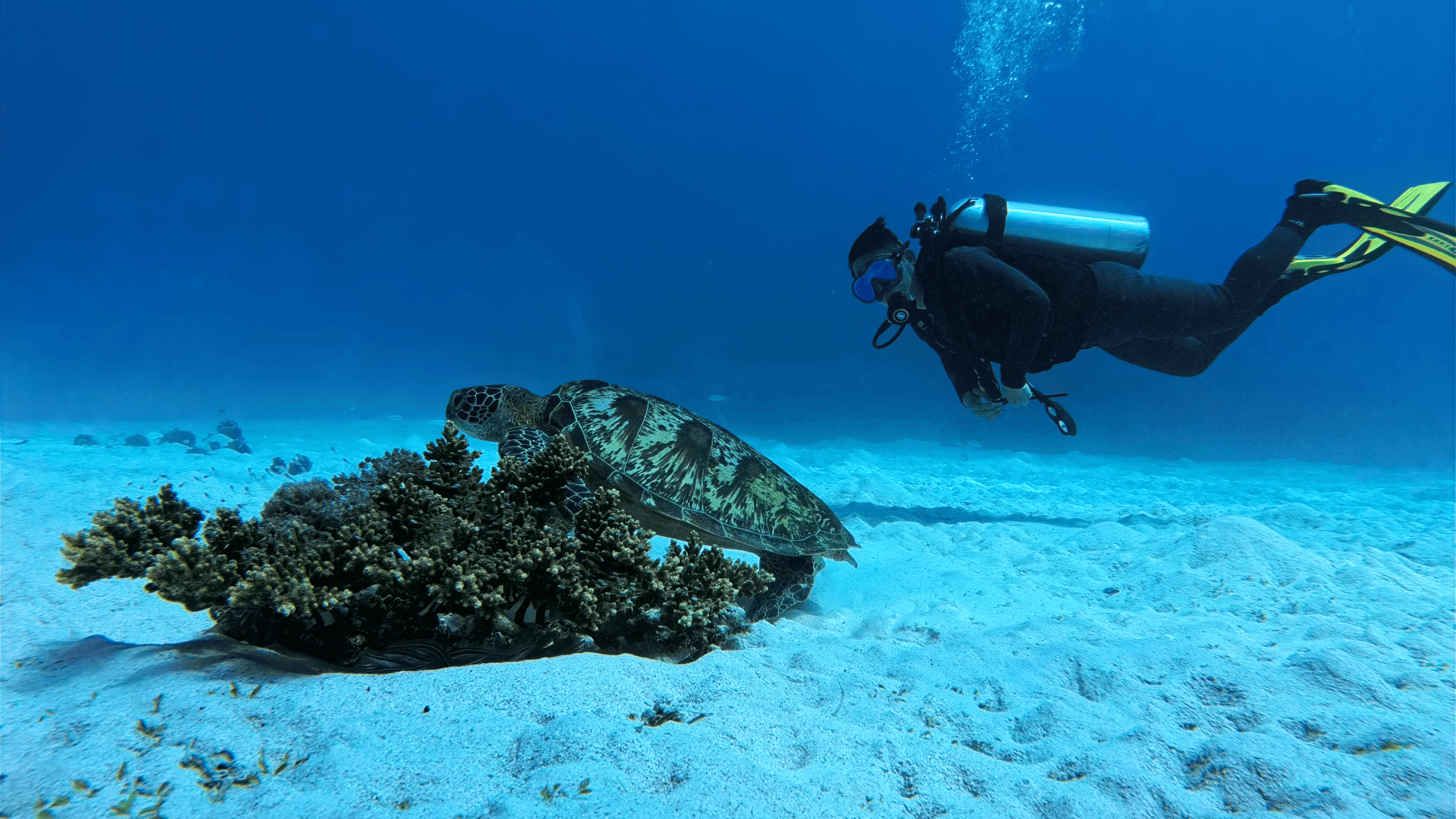Manta Point in Labuan Bajo: A Comprehensive Guide

Getting to Manta Point
Location and Accessibility
Manta Point is located within Komodo National Park, near Komodo Island, and is easily accessible from Labuan Bajo, the main gateway to the park. Labuan Bajo is situated in East Nusa Tenggara, Indonesia, and serves as the starting point for most visitors exploring the Komodo region.
How to Get There
To reach Manta Point, you’ll first need to travel to Labuan Bajo. Flights to Labuan Bajo are available from major Indonesian cities like Bali (Denpasar) and Jakarta. Once in Labuan Bajo, you can book a boat tour or a liveaboard diving trip that includes Manta Point in its itinerary.
Most tours and liveaboards offer snorkelling or dive excursions, providing all necessary snorkelling gear and scuba equipment.
Understanding Manta Rays
Majestic Manta Rays
Manta rays are among the most fascinating and graceful creatures in the ocean. These gentle giants can reach wingspans of up to 7 metres and are known for their curiosity and gentle nature around humans.
Manta Point is famous for its manta ray cleaning stations, where these majestic creatures gather to be cleaned by smaller fish, providing a unique opportunity for close encounters.
Manta Point: An Overview
Manta Point in Komodo is one of the best places in the world to see manta rays. The site features strong currents that attract plankton, the primary food source for mantas.
The best time to visit is during the dry season, from April to November, when the waters are clearest and the mantas are most active.
Diving at Manta Point
Dive Conditions and Best Times to Dive
The diving conditions at Manta Point are characterised by strong currents, which attract the plankton that manta rays feed on. These currents can vary in intensity, so it’s crucial to dive with a knowledgeable guide.
The best time to dive at Manta Point is during the dry season, from April to November. During this period, the water visibility is excellent, often exceeding 20 metres, allowing divers to fully appreciate the underwater scenery.
Dive Sites at Manta Point
Manta Point is part of a larger area with multiple dive sites. Some of the notable dive sites include:
- Cleaning Stations: These are shallow areas where manta rays gather to be cleaned by smaller fish. These stations offer the best chances for close encounters with mantas.
- Coral Reefs: The surrounding coral reefs are home to a diverse array of marine life, including colourful reef fish, nudibranchs, and sea turtles.
- Deeper Channels: These areas can offer sightings of larger pelagic species and are suitable for more experienced divers due to the stronger currents.
Diving Techniques and Equipment
To make the most of your diving experience at Manta Point, it’s essential to be well-prepared:
- Currents: Learn how to use the currents to your advantage. Drift diving techniques can be very useful here.
- Buoyancy Control: Good buoyancy control is crucial, especially around the cleaning stations where you want to remain still without disturbing the manta rays.
- Equipment: Ensure your diving equipment is in excellent condition. Strong currents can put extra stress on your gear, so regular maintenance is important. A reef hook can also be beneficial for holding your position in the current.
Diving and Snorkeling at Manta Point
Scuba Diving
Manta Point offers incredible scuba diving experiences with depths ranging from 10 to 30 meters. The site is suitable for both beginner and experienced divers, though the strong currents may require divers to have some level of experience. Divers can expect to see not only manta rays but also a variety of other marine life, including reef sharks, turtles, and colorful reef fish.
Snorkeling
For those who prefer to stay closer to the surface, snorkeling at Manta Point is equally rewarding. The shallow areas around the cleaning stations allow snorkelers to observe manta rays up close. Ensure you have the appropriate snorkeling gear, including fins, a mask, and a snorkel, to fully enjoy the experience.
Safety Tips
- Always dive or snorkel with a buddy.
- Pay attention to the instructions from your guide or dive master.
- Be mindful of the strong currents and avoid swimming against them.
- Do not touch or disturb the manta rays or any other marine life.
Other Attractions Near Manta Point
Komodo Island and Komodo Dragons
No trip to Komodo National Park is complete without visiting Komodo Island to see the famous Komodo dragons. These giant lizards are the largest living species of lizard and can be observed in their natural habitat on guided tours.
Pink Beach
Another must-visit attraction near Manta Point is the Pink Beach, known for its unique pink sand created by the mix of white sand and red coral fragments. The beach offers excellent snorkeling opportunities with vibrant coral reefs and diverse marine life.
Exploring the Marine Life
Komodo National Park is home to some of the most diverse marine ecosystems in the world. In addition to manta rays, divers and snorkelers can encounter various species of fish, sea turtles, and stunning coral formations. The crystal clear waters of the park provide excellent visibility, making it a paradise for underwater photography.
Manta Point in Labuan Bajo is a premier destination for anyone looking to experience the beauty of manta rays and the rich marine life of Komodo National Park. Whether you’re an avid scuba diver or a snorkeling enthusiast, Manta Point offers an unforgettable experience that will leave you with lasting memories.
Plan your trip during the dry season for the best conditions, and be sure to explore the other attractions the park has to offer, including Komodo Island and the enchanting Pink Beach. Embrace the adventure and marvel at the underwater wonders of East Nusa Tenggara.
